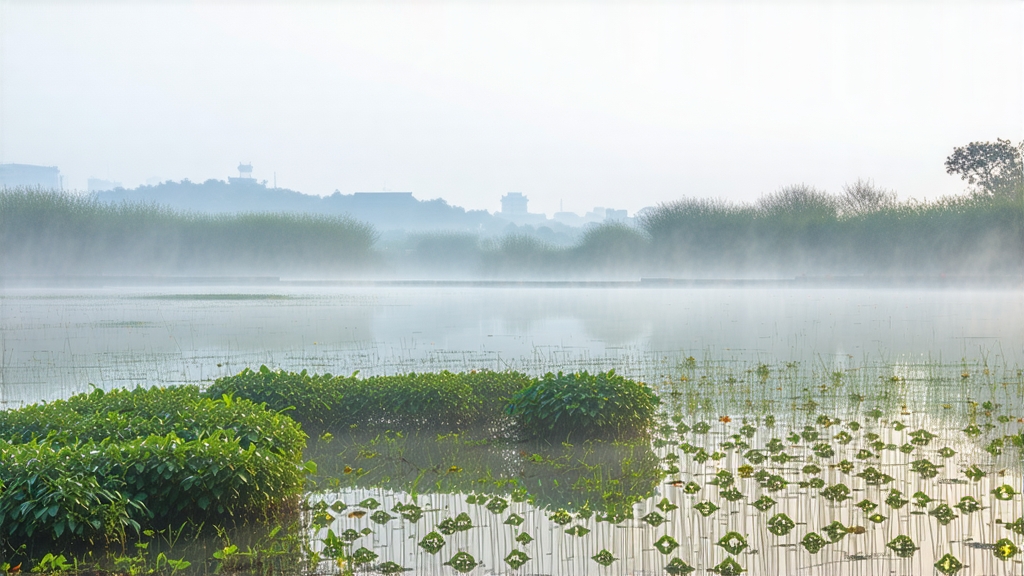
Tucked between the mist-cradled foothills of Dongting Mountain and the rippling waters of Lake Tai in Jiangsu Province, Biluochun—literally “Green Snail Spring”—has for three centuries been celebrated by Chinese poets, emperors and everyday drinkers as the epitome of delicate green tea. Its tiny, spiral-shaped leaves look like miniature jade snails; its aroma carries the unexpected perfume of apricot blossom and ripe peach; its liquor is the palest chartreuse, so soft it seems to evaporate on the tongue, yet so persistent that minutes later you still taste sweet mountain air. To understand why this tea once earned the tribute grade “First under Heaven,” we must walk through its history, its micro-terroirs, the meticulous craft that turns a single bud and half-open leaf into a curled jewel, and finally the gentle ritual that coaxes that jewel into song.
Historical whispers
The first written record appears in 1699, when the Kangxi Emperor visited Lake Tai and was served a local tea whose fragrance astonished him. Noticing the leaves resembled tiny snails, he renamed it “Biluochun,” replacing its humbler market name “Xia Sha Ren Xiang” (“Scary-Fragrant”). Tribute status followed; every spring, coolies carried wicker baskets down the Grand Canal to Beijing, racing against the season so the emperor could taste the lake in bud. Maritime traders later ferried it to Canton and on to Europe, where Victorian ladies tucked the scented curls into porcelain caddies labeled “Pi Lo Chun.” Yet outside China it remained eclipsed by Dragon Well until the late twentieth-century specialty boom. Today, protected-origin rules limit genuine Biluochun to the Dongting东山 (East Mountain) and西山 (West Mountain) peninsulas; everywhere else the same cultivar may be grown, but the law forbids the name.
Micro-terroir and cultivars
Lake Tai acts as a thermal regulator, shrouding the hills in vapor that slows photosynthesis, concentrates amino acids and fosters a cool dew even at noon. The soil is a friable granite loam, acidic and laced with quartz that reflects light back onto the undersides of leaves. Two main cultivars dominate: the local “Dongting群体种,” a seed-propagated landrace with 60 % downy buds, and the clonal “Zao Bei” selected for earlier sprouting. Between the two lies a spectrum of flavor: the landrace gives wild floral top notes, while Zao Bei delivers denser sweetness. Elevation matters too; above 200 m the leaf tempers its bitterness, yielding the sought-after “seven infusions without fade.”
Plucking: the dawn discipline
The picking window opens when the tea bush awakens, usually between Grain Rain and the end of March—earlier than any other Chinese green. Only the “banner shoot” is taken: one unopened bud clasped by a half-expanded leaf the size of a sparrow’s tongue. Experienced pickers finish before 9 a.m., when dew still weights the leaf, because solar gain after sunrise raises enzymatic activity that would complicate the kill-green stage. A full day’s work yields barely 500 g of fresh leaf, which shrinks to 100 g finished tea; this 5:1 ratio is the most extreme in China, explaining the price that can rival silver.
Craft: the five breaths of the master
Back in the village workshop, the leaf undergoes five breaths—Chinese artisans speak of the tea “breathing” as it contacts air, heat and human touch.
- Withering: baskets rest in shade for two hours, reducing grassy bulk and aligning moisture at 68 %.
- Kill-green: a 160 °C wok is polished with tea-seed oil; the master tosses 250 g of leaf for exactly 3.5 minutes, using a wrist-flick that presses each bud against the hot iron, destroying oxidative enzymes while preserving L-theanine.
- Rolling: the temperature drops to 70 °C; fingers curl the bud around the leaf, forming the signature spiral. This is done in four 2-minute bursts, with 30-second rests to prevent “sealing” the down.
- Shaping: on a bamboo tray the master “rub-snips,” a scissoring motion between palms that tightens the coil and brings white hairs to the surface, creating the silvery frost prized by buyers.
- Baking: charcoal em